Second Session of Monthly Lectures on Human Brain Mapping Arranged by NBML
Second Session of Monthly Lectures on Human Brain Mapping Arranged by NBML
Lecturers: Mohammad Reza Ay, PhD; Hamid Reza Naghavi, MD, PhD; Fatemeh Yavari, PhD

Mohammad-Reza Aye, PhD (Director, NBML; Professor, Medical Physics, Dept. of Medical Physics and Biomedical Engineering, Tehran University of Medical Sciences)
Title of the Talk: Introducing NBML, its goals, and its services.
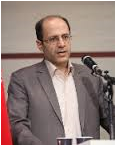
Hamid Reza Naghavi, MD, PhD (Psychiatrist at Department of Psychiatry, Tehran University of Medical Sciences; director, Roozbeh Psychiatric Hospital)
Title of the Talk: Using fMRI to See How Meanings Are Created in the Brain
Abstract: Brain is the centre for creation of meanings which are further than symbols or signs. It is demonstrated that the brain is not only a computational machine; otherwise it cannot be able to produce any meaning. In other words, brain is like a manufactory that computation is only a part of procedure that results meaning. In psychiatric problems, some sorts of meanings are created in the brain which is appeared like delirium. fMRI is an effective technique to measure the connection between different brain regions to see how the meanings are created.
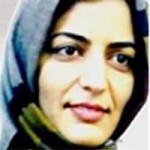
Fatemeh Yavari, PhD (research fellow at Neurocognitive lab, Iranian National Center for Addiction Studies (INCAS), Tehran University of Medical Sciences)
Title of the Talk: NIBS in Neuroscience Research
Abstract: Non-invasive Brain Stimulation (NIBS) techniques have been extensively used in brain mapping research in recent years. Two of the most well-known NIBS techniques are transcranial magnetic and electrical stimulation (TMS and tES). TMS induces small electrical currents in the cerebral cortex based on Faraday’s law of electromagnetic induction. tES is a generic term that designates several techniques based on the modality of the applied electricity, which can be direct (transcranial direct current stimulation—tDCS), random noise (transcranial random noise stimulation—tRNS), or alternating (transcranial alternating current stimulation—tACS) currents. Both techniques can have excitatory and inhibitory effects on the brain, depending on the stimulation parameters and both have extensively been employed in clinical domain as well. Here we focus on application of these techniques in brain mapping research. They have been used to induce focal and nonfocal changes in specific neural circuits to study brain–behavior relationships. Therefore, as a brain mapping technique with good spatial (in the order of few millimeters) and temporal (in the order of a few tens of milliseconds) resolution, TMS can trace the location and timing of brain activities. Unlike functional imaging techniques (e.g., MRI), TMS and tES have the great strength of establishing a causal (not just correlational) relation between cortical activity and behavior. Also TMS has the capability to explore neurochemistry of cortex in a non invasive way.


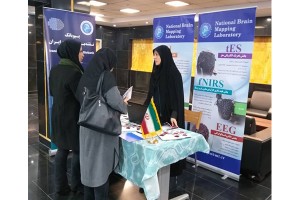
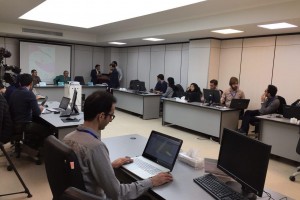
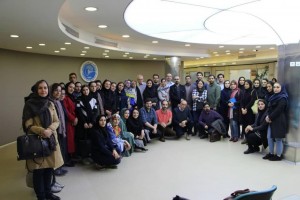
Related Posts